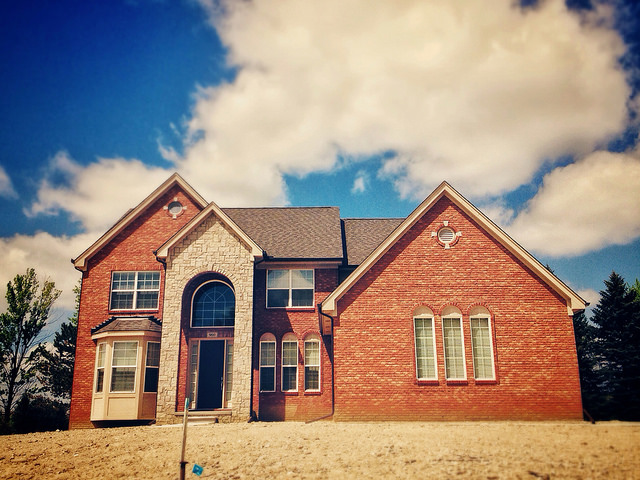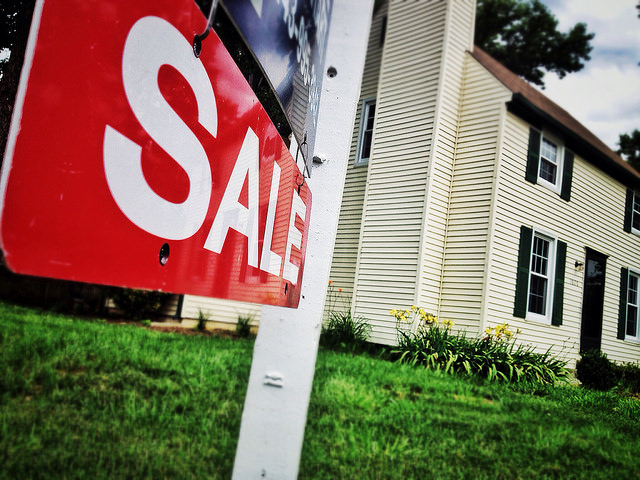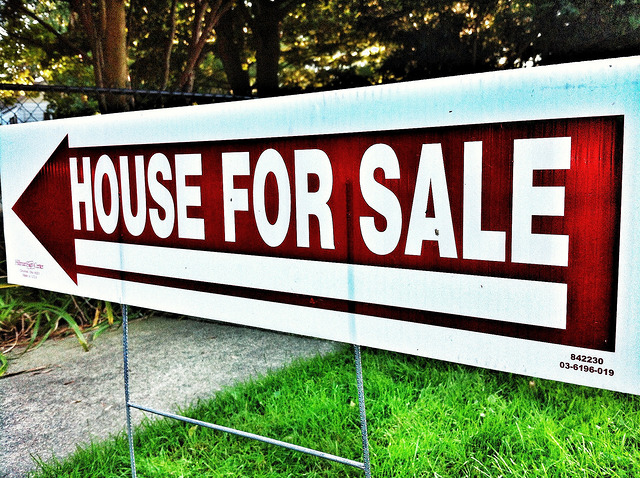There’s no shortage of opinions, these days. Which means, you’ve probably heard varying viewpoints on whether or not buying a house is really a smart investment. Especially following the housing crash, it became more popular to say that buying a home may not, in fact, be a better financial choice than renting. But despite the debate, recent research shows that the vast majority of Americans still see homeownership as a path to increased financial security. For example, a recent survey from NeighborWorks found 81 percent of all adults and 71 percent of millennials believe owning a home is good for financial stability. Among the reasons this remains true is the fact that, unlike rent, your monthly mortgage payment is actually buying you an increasing percentage of ownership in your home. As you build up a larger share of ownership and your equity increases, so does your net worth – making homeownership an excellent way of investing in something long term while also enjoying the immediate benefits. More here.













